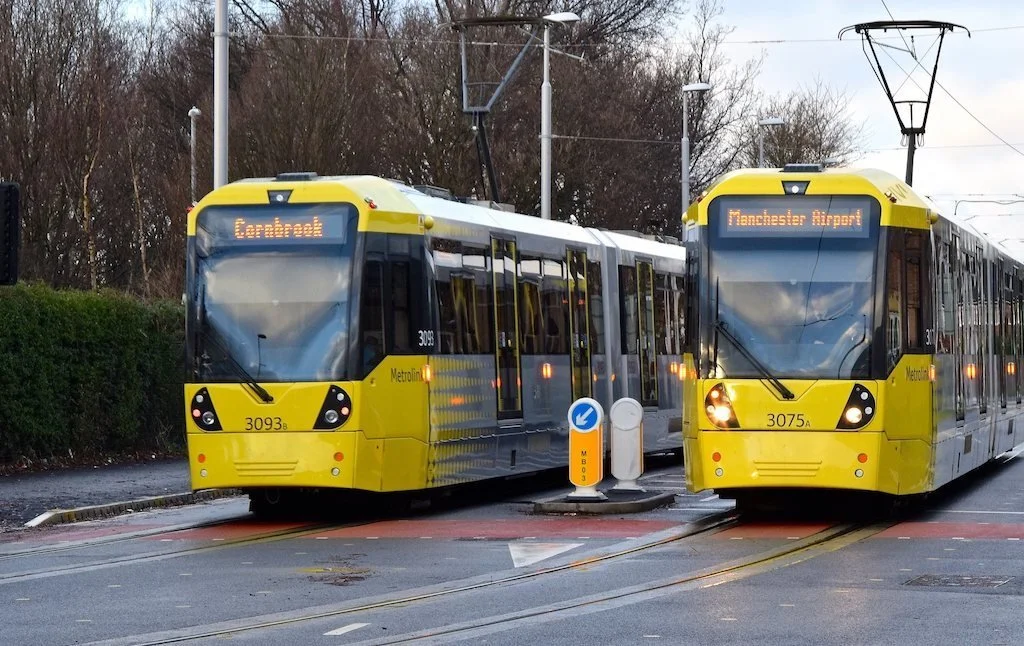Europe-wide analysis finds no magic bullet needed to clean up transport in cities
New modelling by Clean Cities, a European coalition of NGOs and grassroots groups aiming to encourage cities to transition to zero-emission mobility by 2030, suggests transport emissions can be cut by over 90% by the 2030s through the swift implementation of well-established urban transport measures.
That we already have the solutions we need is the key take-away from a first-of-its-kind study modelling five cities from across Europe. The five cities modelled are Greater Manchester, Madrid, Milan, Brussels and Warsaw.
The measures assessed by the study include introducing low- or zero-emission zones, greening urban logistics fleets, electrifying the public transport network, expanding cycling infrastructure, and introducing traffic-calming measures.
The report (E)Mission: Zero models four different scenarios representing a range of common decarbonisation strategies – the first prioritising active and public transport, the second electrification, the third combining those two and the fourth being a high-ambition scenario that takes cities close to zero-emission mobility. In the most ambitious scenario, cities would need to go as far as possible on implementing zero-emission zones, electrifying the vehicle fleet and overhauling urban logistics services.
If the most ambitious scenario is achieved, a dramatic reduction in energy demand becomes possible: the combination of electrification, reduced car use and a shift to more energy-efficient transport modes would cut energy use in urban transport by two-thirds.
The report provides critical evidence on how the new climate target recently put forward by the European Commission can be achieved. The target foresees a 90% reduction in greenhouse gas emissions from all sectors by 2040, and an 84% reduction in emissions from domestic transport, which the most ambitious scenario modelled by Clean Cities would make possible. One hundred European cities have set even more ambitious targets and pledged to become climate neutral by 2030 under the EU’s Cities Mission
Barbara Stoll, Senior Director of the Clean Cities Campaign, said, “This first-of-its-kind analysis shows that we can absolutely create liveable, healthy and climate-friendly cities without reinventing the wheel. The solutions exist for city leaders to act now, and if they do, they will cut air pollution, reduce fuel bills and free up more space for communities to connect. This is a real ‘Yes, we can’ moment for cities.”
The report also highlights a range of additional benefits associated with cutting transport emissions. In all five cities, roadside emissions of harmful nitrogen oxides can be cut by up to more than 90%, saving lives. Road traffic deaths are also estimated to decrease by, on average, a third across the cities. Furthermore cost-benefit analysis shows a net saving for almost all scenarios in the five cities.

